
Horses are powerful, graceful, and intuitive animals — but they’re also prone to accidents, injuries, and sudden illness. Whether it’s a scraped leg, a hoof abscess, or the dreaded signs of colic, being prepared can mean the difference between a quick recovery and a life-threatening situation.
Every horse owner — whether a weekend trail rider or competitive equestrian — must have at least a basic understanding of equine first aid. Emergencies don’t wait for veterinarians to arrive, and in the critical first minutes, your response can protect your horse’s comfort, safety, and even life.
This comprehensive guide will walk you through essential equine first aid knowledge, including how to prepare, what to stock, how to assess a situation, and when to call the vet.
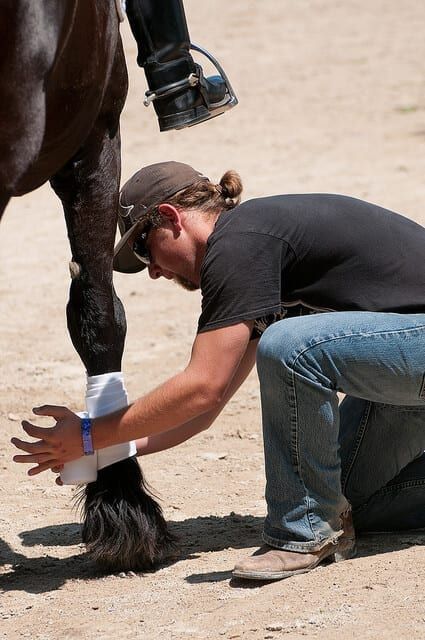

1. Why Equine First Aid Knowledge is Crucial
Unlike small animals, horses can’t be rushed to a clinic in the backseat of a car. Emergencies often happen in remote pastures, during trail rides, or late at night in freezing barns. Knowing how to respond calmly and effectively can:
- Prevent minor injuries from becoming major
- Buy time until the vet arrives
- Reduce pain and panic in your horse
- Save you significant costs and emotional distress
In short, first aid isn’t a luxury — it’s a responsibility.

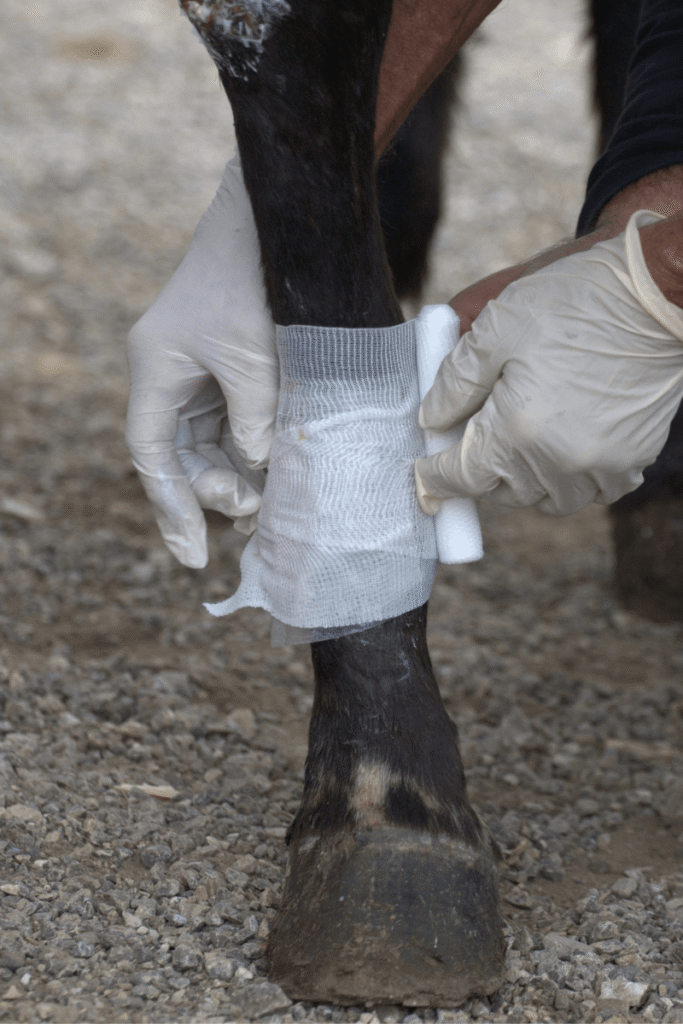
2. Build Your Equine First Aid Kit
Every barn and trailer should be equipped with a well-stocked first aid kit. It doesn’t need to be fancy, but it does need to be complete and organized. Here’s a basic checklist:
✅ Wound Care:
- Sterile gauze pads (4×4 and 2×2 sizes)
- Non-stick wound dressings
- Vet wrap (self-adhering bandage)
- Elastikon or duct tape
- Scissors and bandage shears
- Antiseptic solution (e.g., Betadine, Chlorhexidine)
- Saline solution for rinsing eyes and wounds
✅ Emergency Essentials:
- Digital thermometer (for rectal use)
- Stethoscope
- Latex or nitrile gloves
- Clean towels
- Hoof pick
- Cold packs or instant ice packs
- Syringes (without needles, for flushing or dosing)
✅ Medications & Extras:
- Electrolyte paste or powder
- Bute or Banamine (only with veterinary instruction)
- Epsom salts (for soaking abscesses)
- Eye ointment (veterinary-approved)
- Flashlight or headlamp
- Notebook and pen for recording symptoms and times
Store everything in a waterproof, clearly labeled container and check expiration dates regularly.

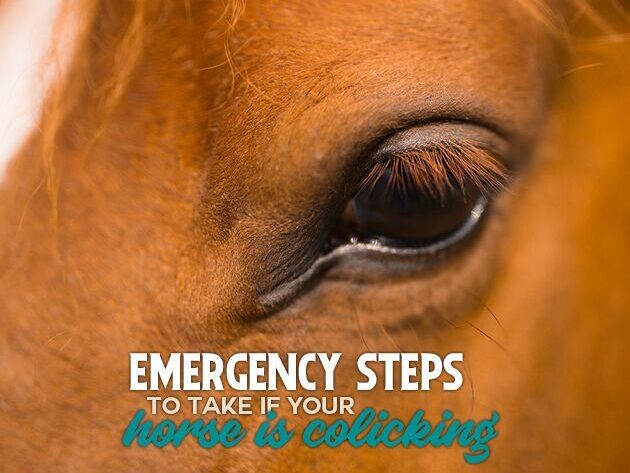
3. Know What’s “Normal” for Your Horse
To spot a problem, you first need to know what healthy looks like. Here are normal vital signs for an average adult horse:
| Vital Sign | Normal Range |
|---|---|
| Temperature | 99–101°F (37.2–38.3°C) |
| Heart Rate | 28–44 beats per minute |
| Respiratory Rate | 8–16 breaths per minute |
| Capillary Refill | < 2 seconds |
| Gut Sounds | Active, gurgling in all four quadrants |
| Gum Color | Pink and moist |
Practice taking your horse’s vitals during calm times, so you’ll feel confident doing it under pressure.
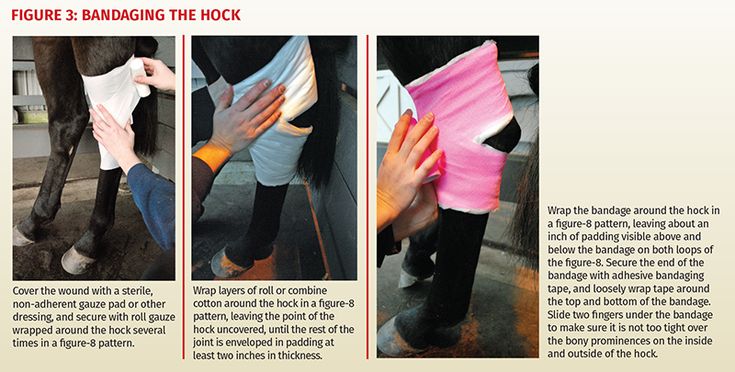
4. How to Assess an Emergency
When something seems off, remain calm and follow the A.C.T. method:
A – Assess
- Is your horse standing? In pain? Bleeding?
- Is breathing normal?
- What do the eyes, gums, and overall demeanor suggest?
C – Check Vitals
- Take temperature, pulse, and respiration
- Check for swelling, wounds, or heat in limbs
- Listen for gut sounds with a stethoscope
T – Take Action
- Stabilize the horse (stop bleeding, support limbs, remove hazards)
- Start documentation — record symptoms, time noticed, and actions taken
- Call your vet immediately if anything is concerning
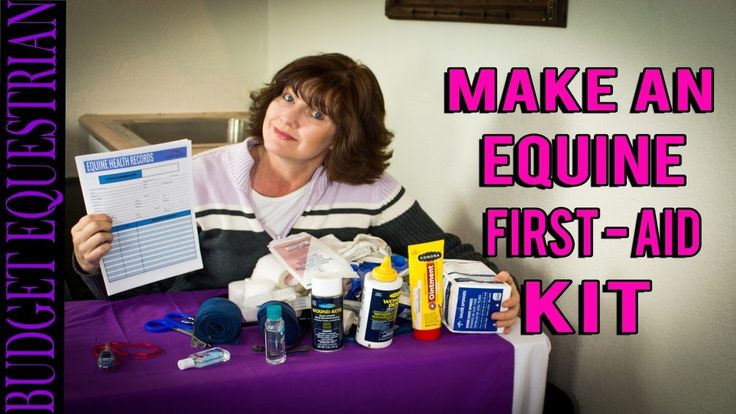
5. Common Equine Emergencies & How to Respond
Let’s break down some of the most frequent first aid scenarios and what you should do in each:
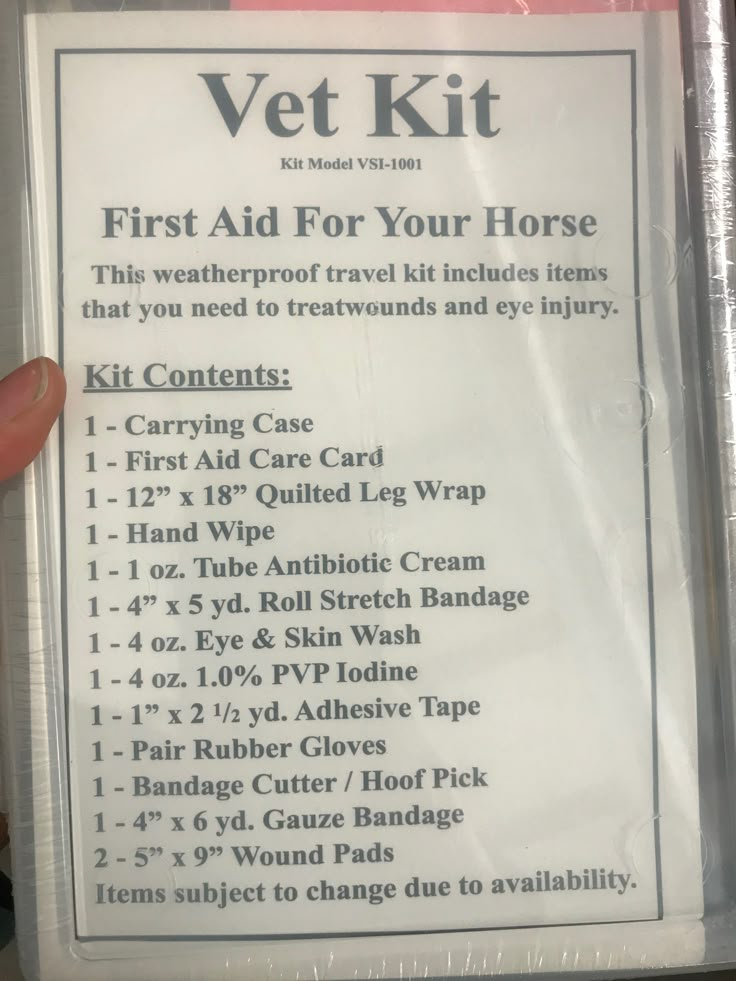

A. Wounds and Bleeding
Signs:
- Lacerations, puncture wounds, or abrasions
- Bleeding that doesn’t stop with pressure
- Swelling or foreign objects
What to Do:
- Stay calm — horses pick up on panic
- Apply direct pressure with sterile gauze
- Clean around the wound with saline or antiseptic
- Bandage using non-stick pad and vet wrap (not too tight!)
- Avoid ointments unless advised — they can seal in debris
- Call the vet for deep wounds or anything near joints
Pro Tip:
Puncture wounds are deceptive. They often appear minor but can introduce bacteria deep into tissue. Always have them evaluated.
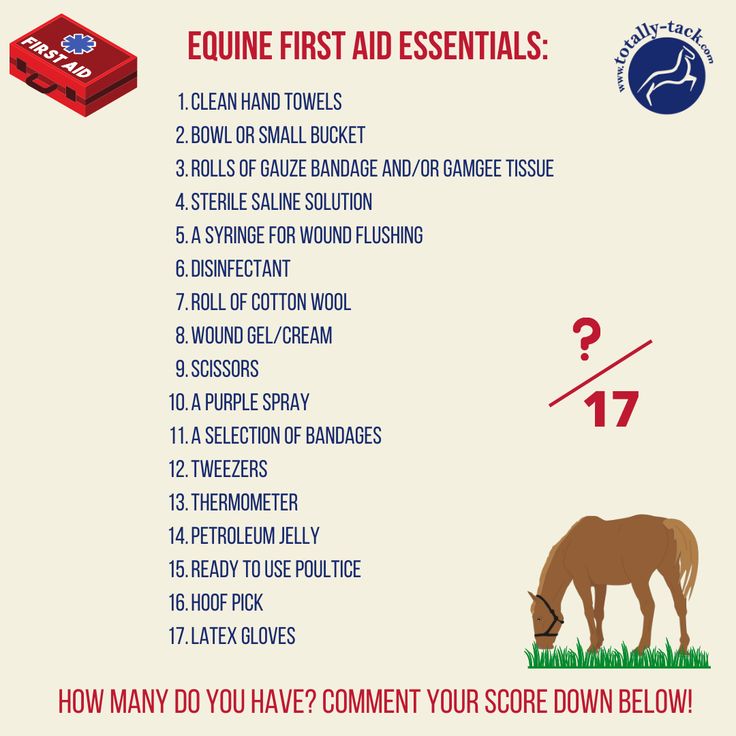

B. Colic
Signs:
- Rolling, pawing, flank watching
- Restlessness or laying down
- Lack of manure or interest in food
- Rapid heart rate
What to Do:
- Remove all food and water
- Walk the horse gently (if safe) to reduce rolling
- Monitor symptoms and take vitals
- Do not administer painkillers unless vet-approved
- Call your vet immediately — colic is always an emergency
Pro Tip:
Keep a “colic record sheet” to track changes — vets rely heavily on detailed observation when diagnosing.

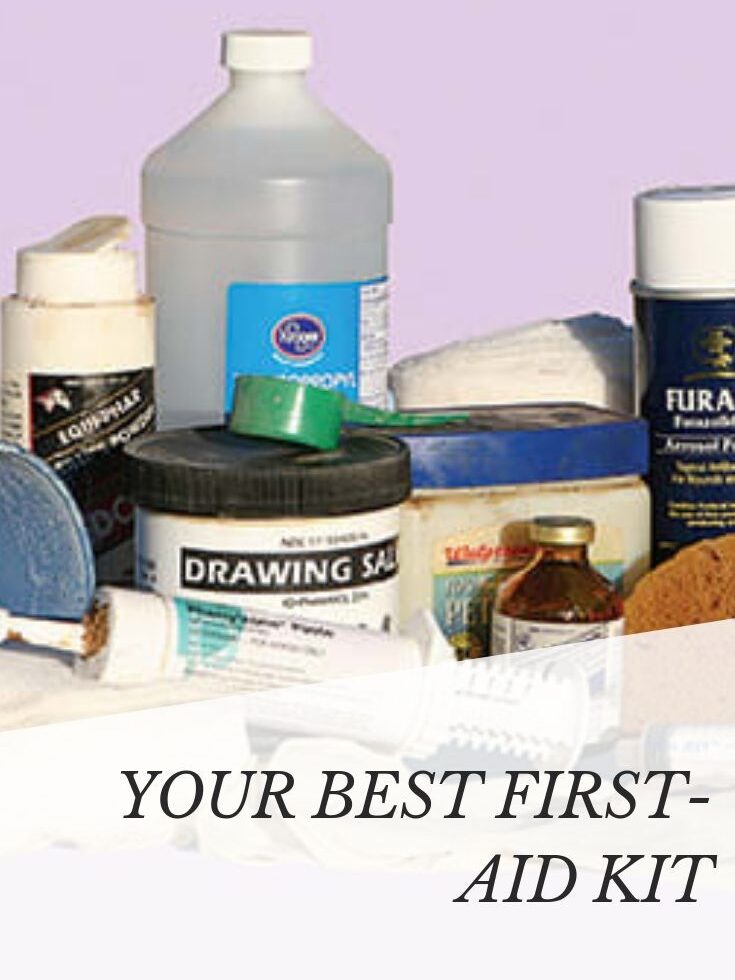


C. Lameness
Signs:
- Limping or toe-dragging
- Heat or swelling in legs or hooves
- Refusal to bear weight
What to Do:
- Inspect hooves for rocks, nails, or abscess signs
- Feel for heat or pulses in limbs
- Limit movement — stall rest or small paddock
- Cold hose swollen areas for 15–20 minutes
- Call your vet or farrier if lameness persists or worsens
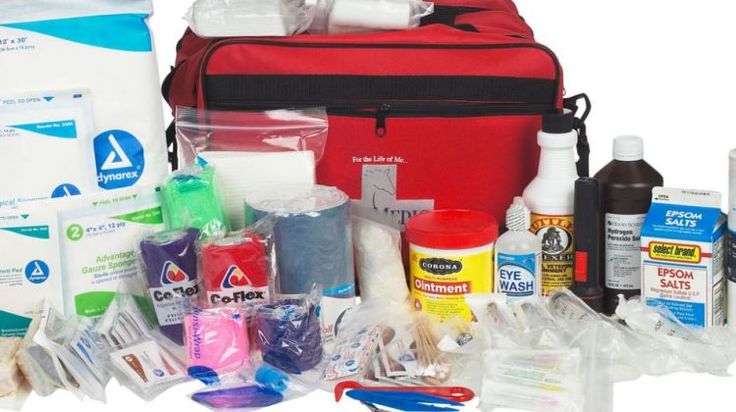

D. Eye Injuries
Signs:
- Squinting, tearing, swelling
- Cloudiness, redness, or discharge
- Rubbing face against surfaces
What to Do:
- Flush gently with sterile saline
- Keep horse in darkened area to avoid sunlight
- Never apply ointments with steroids unless prescribed
- Call the vet immediately — eye injuries can escalate rapidly
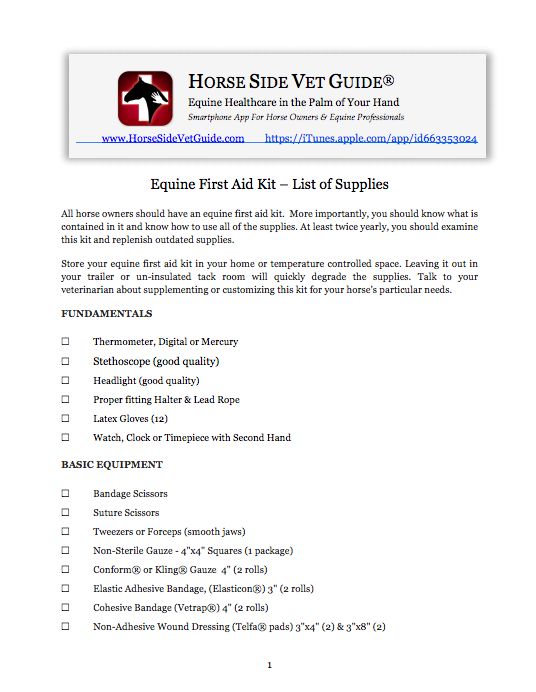

E. Hoof Abscess
Signs:
- Sudden lameness, often severe
- Warm, throbbing hoof
- Sensitivity to pressure or hoof testers
What to Do:
- Confine the horse
- Soak hoof in warm Epsom salt water
- Apply poultice (Animalintex, drawing salve) and wrap
- Call the vet or farrier for diagnosis and drainage

6. When to Call the Vet
Always contact your veterinarian for:
- Uncontrollable bleeding
- Colic signs
- Eye injuries
- Lameness not improving in 24 hours
- High fever (over 102.5°F / 39.1°C)
- Deep or infected wounds
- Sudden behavioral changes
When in doubt, call. It’s better to be cautious than late.


7. Trailering Your Horse in an Emergency
If your horse needs to go to a clinic:
- Ensure your trailer is safe and stocked with hay, water, and a calm companion if possible
- Load slowly and carefully; pain may make horses hesitant
- Bring medical records, a written timeline of symptoms, and any medications given
- Keep your vet and clinic updated on your estimated arrival time

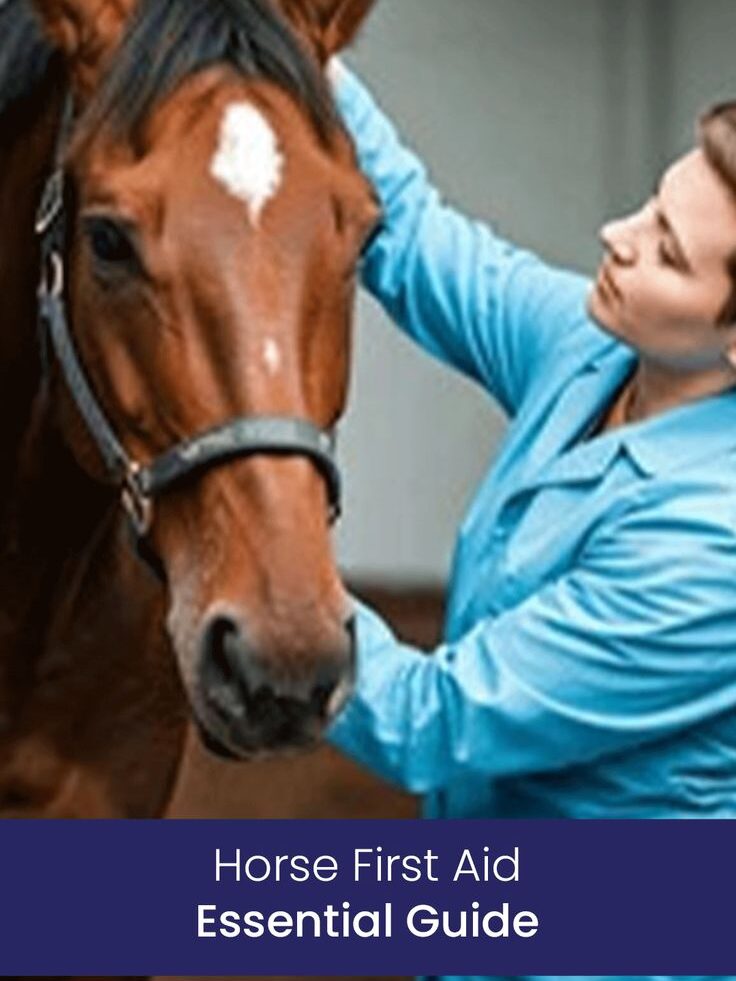
8. Train Yourself and Your Team
First aid skills are only useful if you can apply them under pressure. Practice mock scenarios with barn mates:
- How to wrap a leg
- How to take temperature
- Emergency contact drills
Post emergency numbers and your horse’s medical records in the barn. Consider taking a certified Equine First Aid Course in your area — many are hands-on and taught by professionals.
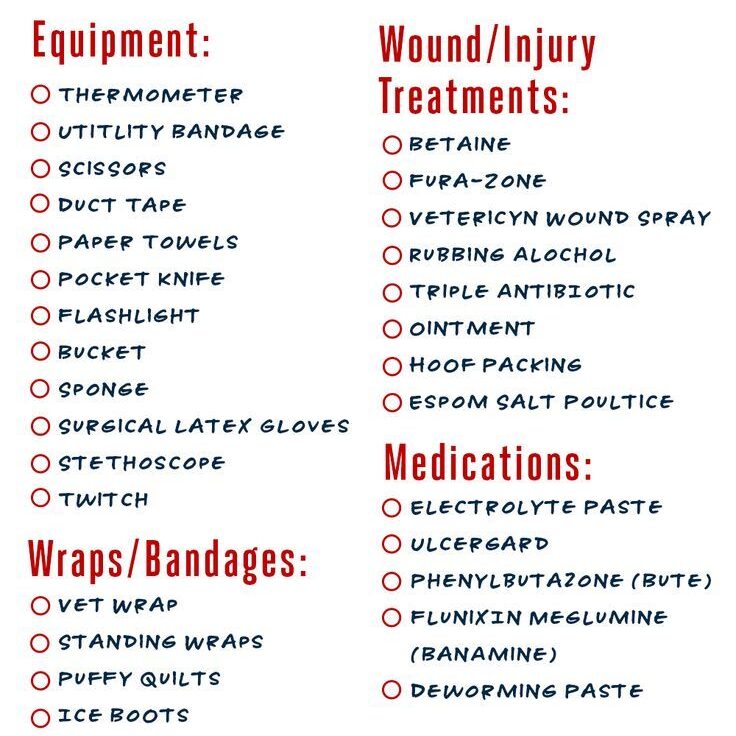

9. Preventing Common Emergencies
While accidents are sometimes unavoidable, many equine health crises can be prevented with good daily care:
- Daily health checks (eyes, legs, appetite, manure)
- Regular deworming, vaccinations, and hoof trims
- Safe fencing and barn design
- Careful feed changes and access to clean water
- Proper saddle and tack fit to avoid back injuries


10. Final Thoughts: Confidence Through Preparation
Being prepared for emergencies isn’t just about protecting your horse — it’s about empowering yourself. Confidence in a crisis can mean the difference between fear and focused action.
With the right tools, knowledge, and mindset, you’ll be ready to face whatever comes — from scraped knees to storms of colic.
Because when it comes to horses, every minute matters.



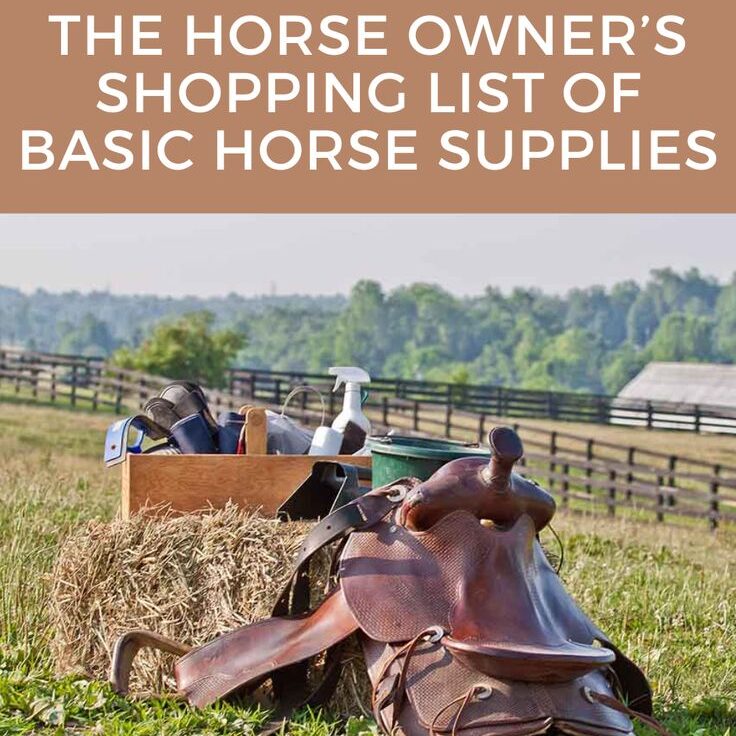


📌 Quick Reference Summary
| Situation | Immediate Action | Call the Vet? |
|---|---|---|
| Bleeding Wound | Apply pressure, clean, wrap | Yes (if deep or near joints) |
| Colic Signs | Remove feed, walk |


